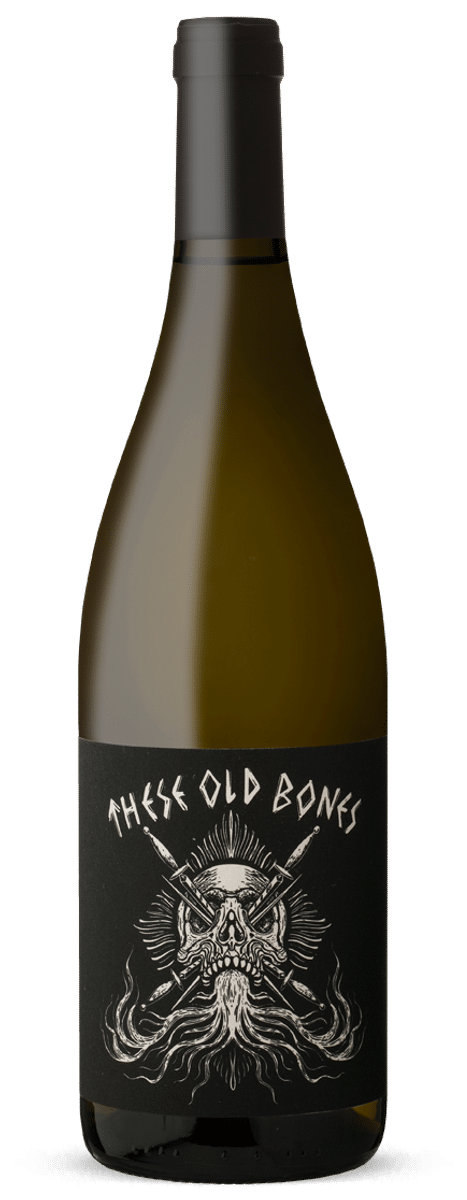Tim James: Memories of lockdown wines
By Tim James, 12 June 2020
The wines that one remembers most easily are not always the “best” ones – I’m sure that’s true for everyone and at all times: the occasion, of course, can help imprint names and tastes and memories of pleasure, as can something unusual about the wines. I’ve been trying to recall what wines I drank during the first, severe months of lockdown, and it’s not easy (though I could list many names purely from knowledge of what I had and what has inevitably gone, and more or less say how much I enjoyed them).
That vaguness is partly because the whole period is something of a blur – not an alcoholic one, I hurry to add, the result of alleviating boredom or frustration by drinking (even) more than usual. In fact, rather curiously, I probably imbibed a bit less. Certainly in total, because there weren’t any of the usual wine-tastings, and precious few social occasions (I can’t officially admit to any), and also I didn’t have any brandy in the house…. I think the overall blur is because the days tended to sameness, without any of the markers that give shape and size to experience. It’s been the opposite of, say, going on an interesting holiday, when each day brings something new, so one remembers them all. The days of Covid-19 lockdown Levels 4 and 5 were, more-or-less, one repeated day. So it seemed long at the time, strangely short in retrospect.
So, what of the wines I recall? Because quite a bit of the time I was thinking and writing about cabernet and cab-based wines (partly prompted by the Strauss auction of those wines), I sought out and now recall quite a few. Early in lockdown, as a treat, I opened a Kanonkop Paul Sauer 2001 – drinking at its peak, I’d guess (though plenty more time to cruise), and a splendid treat it proved. More recently I had a 1998, which was very good, but not as lively or thrilling (1998 was a hot, much-vaunted vintage generally, but in my experience hasn’t produced long-term quality as much as some less immediately showy years – like cooler 1997, for example). By contrast, and I recall it because I had it soon after the Paul Sauer, Buitenverwachting Christine 2003 was rather big and clumsy, past its best.
Nearly as delightful to drink as the Paul Sauer 2001 was a Welgemeend Douelle 2003 – the “second-best” of the Bordeaux style blends from the much-lamented Welgemeend of the Hofmeyr era. It was based on malbec, and even less properly recognised than the Estate Reserve, also because it went in for finesse rather than fruity, oaky power. I wasn’t expecting much of this bottle, offered by a friend from his very inadequate storage. But it was remarkably alive and elegant, and a great pleasure. I’d give quite a lot for a case of that, if anyone can offer it….
And another Bordeaux-varietal wine, one which I’m so pleased to see building a real cult for itself, against all the odds and all the wiser opinions of how unsuitable late-ripening cab is for the coolish Hemel-en-Aarde: Restless River – the 2013 vintage, the first to include the vineyard names on the label. Again, a wine which stands out from the cab-crowds by its restraint and finesse. In the true way of classic Bordeaux, a wine beautifully suited as an accompaniment to food, and deserving of the lingering admiration it would demand for itself in that important role.

A voice from my farther past appeared in the guise of the world-famous New Zealand sauvignon blanc from Cloudy Bay – here the 2016. It’s a decade or two since I last had this wine, but when it first appeared in South Africa in the 1990s, it was a revelation of fruit-rich, beautifully balanced New World delight, when the Cape had comparatively little exciting to offer in the way of sauvignon blanc (even with the edge of sweaty armpit mercaptans that I shudderingly enjoyed with the Cloudy Bay once more). Patriotic South Africans will approve of me, for a change, when I say that now I think more highly of the best local sauvignons than of any New Zealand ones I know. It was an enormous pleasure to have a glass or two (I wouldn’t have wanted more) of this blast from the past. But for a bottle of fascinating, characterful white wine, These Old Bones is, to me, incomparably superior.
- Tim James is one of South Africa’s leading wine commentators, contributing to various local and international wine publications. He is a taster (and associate editor) for Platter’s. His book Wines of South Africa – Tradition and Revolution appeared in 2013
Attention: Articles like this take time and effort to create. We need your support to make our work possible. To make a financial contribution, click here. Invoice available upon request – contact info@winemag.co.za








Comments
0 comment(s)
Please read our Comments Policy here.